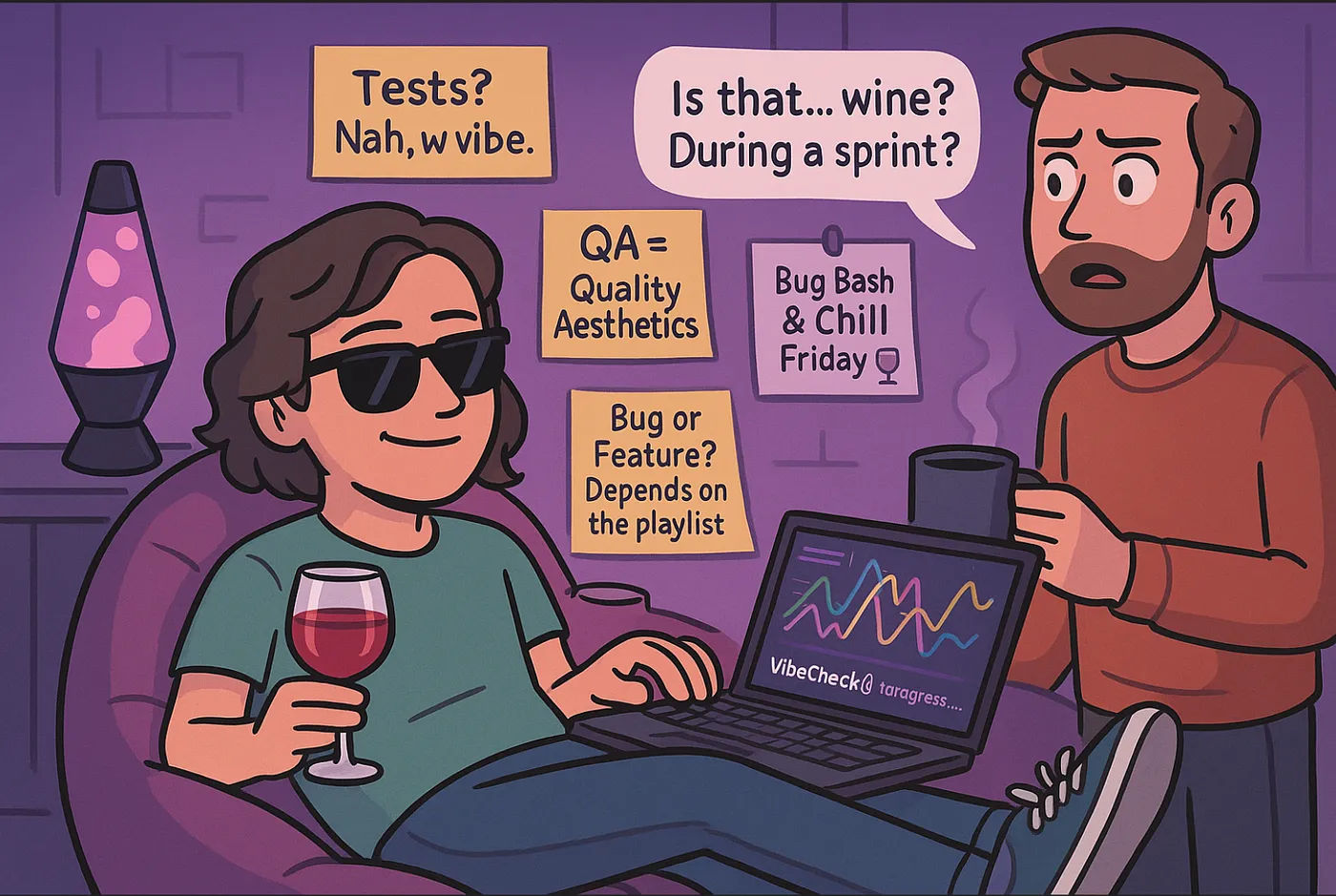
MS Dashboard (@Demo) - v130.2.1
I Found the Best Apps for Productivity in 2024
Discovering useful apps in the always changing world of productivity tools can greatly improve your workflow. After doing a lot of research, I’ve found a few excellent but lesser-known apps and web tools that can increase your productivity in 2024. These are some unusual solutions that you may not be familiar with, each providing special features to simplify your work and increase productivity.
Let’s start the list:
1. Audionotes

Platform: iOS, Android, Web
Website: Audionotes
Audionotes is an innovative app that turns your spoken thoughts into clear, organized text notes using AI. Whether you’re in a meeting, attending a lecture, or brainstorming ideas, Audionotes can capture your voice and convert it into text with remarkable accuracy. The app also offers features like task management, integrations with popular tools, and seamless sharing options. Audionotes is perfect for anyone who prefers speaking over typing and needs a reliable way to keep track of their notes.
Recent messages from








